Body Positions for Examinations
1/12
There's no tags or description
Looks like no tags are added yet.
Name | Mastery | Learn | Test | Matching | Spaced |
|---|
No study sessions yet.
13 Terms
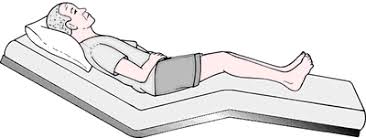
Name the position
Semi-Fowler’s: 30-45 degree angle- for those with respiratory and cardiac problems
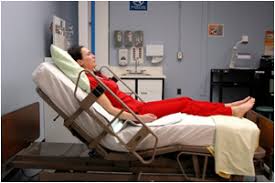
Name the position
Fowler’s- 45-60 degrees-for those experiencing respiratory problems- used to examine the trunk of the body (head, neck and chest)

Name the position
High Fowler’s- “90 degree angle” used for those with respiratory stress, trouble swallowing, nasogastric tube insertion
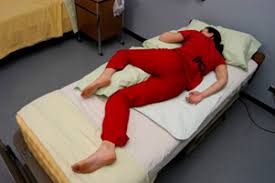
Name the position
Sims’- examination for rectal area and enemas, can be used for elderly women and those physically impaired in vaginal examinations rather than lithotomy
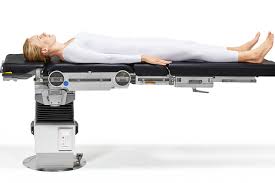
Name the position
Supine or Horizontal recumbent- examination of the anterior (front) of the body such as the breast and abdominal organs- recumbent means lying down*
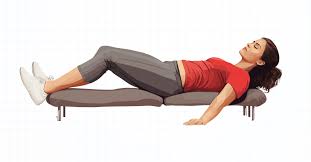
Name the position
Dorsal Recumbent- knees are bent in supine position- think of the knees making the shape of a shark’s dorsal fin-comfortable for pt’s with back and abdominal issues- used for abdominal exams

Name the position
Prone- so the dorsal surface, such as the spine and structures of the back, can be examined- face down, stomach down, bottom up
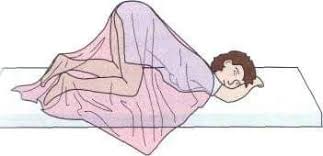
Name the position
Knee-chest- for proctological and rectal exams, sigmoidoscopy- causes intestinal organs to move towards chest
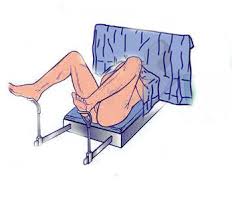
Name the position
Lithotomy- hips are at the edge of the table, heels are placed in stirrups- used for vaginal and rectal examinations, female urinary catheterizations
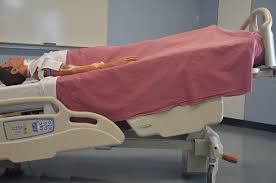
Name the position
Trendelenburg or “shock” position- supine with head lowered and feet elevated- used in those with trauma, hemorrhage/ hypovolemic shock, and severe hypotension
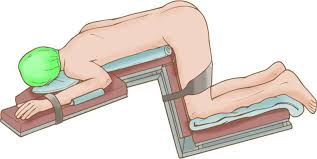
Name the position
“Jackknife”, or Kraske position- legs are at a right (90 degree) angle- used in sigmoidoscopy, rectal and anal visualization
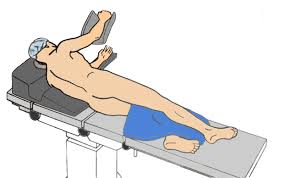
Name the position
Lateral recumbent can be left or right lateral recumbent
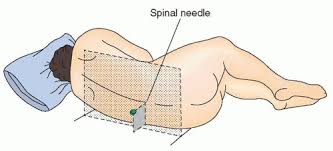
Name the position
lateral recumbent for spinal puncture